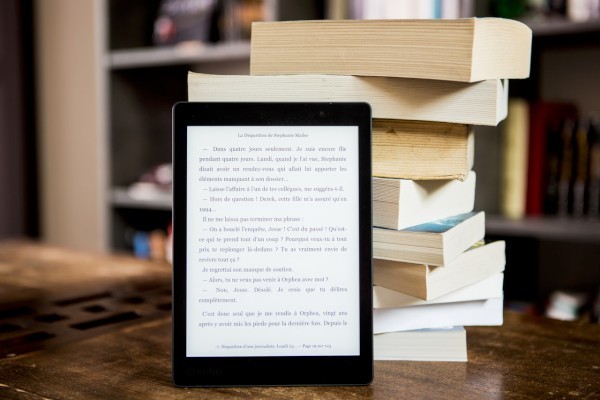【#第一文档网# 导语】以下是®第一文档网的小编为您整理的《北师大版(2019)英语必修 第三册 Unit 7 Art—Writing Workshop 教案》,欢迎阅读!

Unit 7 Art Writing Workshop 【教学目标】 Students will be able to 1. read and talk about writing a formal email 2. read for writing 3. summarise information 4. write a formal email to ask for more information 【教学重难点】 1. identifying structure and a formal email 2. writing a formal email 【教学过程】 1. Get ready for writing. (1) Volunteer students can read each advertisement. Explain any difficult words or terminology. (2) Ask students: a. Which activity would you like to sign up for? Why? b. What additional information would you ask for? Ensure that all students have a chance to take part in the class discussion and that all the advertisements have been discussed. (3) Explain that students will mind map their chosen advertisement and the additional information and questions that they would want to know. 2. Read the email and answer questions. (1) Volunteer students read the email on page 19. Explain any difficult words or terminology. (2) Ask the students: a. Who is the email from? How do you know this? b. Who is the email addressed to? How do you know this? c. What is the subject of the email? d. What information does the student want to find out? 1 / 3 (3) Explain the components of an email: From: To: Subject, introduction and salutation. (4) Read and discuss the questions. (5) Read the email aloud again, and students underline key words in the email. (6) Students answer the questions in pairs. (7) Discuss the answers as a class. 3. Identify structure and useful language. (1) Read the instruction and discuss the table. a. What is the structure and purpose of each paragraph? b. What useful language supports this purpose? (2) As the teacher reads the email aloud, students complete the table. 4. Write the purpose of the email and two related questions. (1) Read the Sentence Builder. Discuss polite requests using the email above as an example. (2) Students write out the purpose of their email and two questions they would like to ask about the advertisements. (3) Ask volunteers to share their questions. 5. Compose your writing: Outlining. (1) Students need to outline their email. (2) Make sure that students are writing notes and not complete sentences. (3) Remind students that in the early stages of writing, it is alright to cross out ideas in favour of better ideas. 6. Compose your writing: Drafting. (1) Read and discuss the Writing Help on how to write a formal email. (2) Remind students that a draft is the first version of a piece of writing and that it is also called a rough draft because it is not “smooth” or finished. (3) Have students use their outlines to write complete sentences and draft their email. 7. Compose your writing: Editing. (1) Remind students that the final stage of writing, before publishing, is editing. When we edit, we check that our ideas are clear and that our sentences are complete. (2) Have students exchange their writing with a partner and offer each other suggestions to improve their drafts. (3) After editing, writers will make changes to their drafts and either rewrite or print a clean copy 2 / 3 of the work. (4) Ask students to prepare a final edited draft of their work to submit and then place in a writer’s portfolio. 3 / 3 本文来源:https://www.dywdw.cn/80a11dec6237ee06eff9aef8941ea76e58fa4a89.html
 文档下载 ]
文档下载 ]

 下载此文档
下载此文档 搜索文档
搜索文档

















